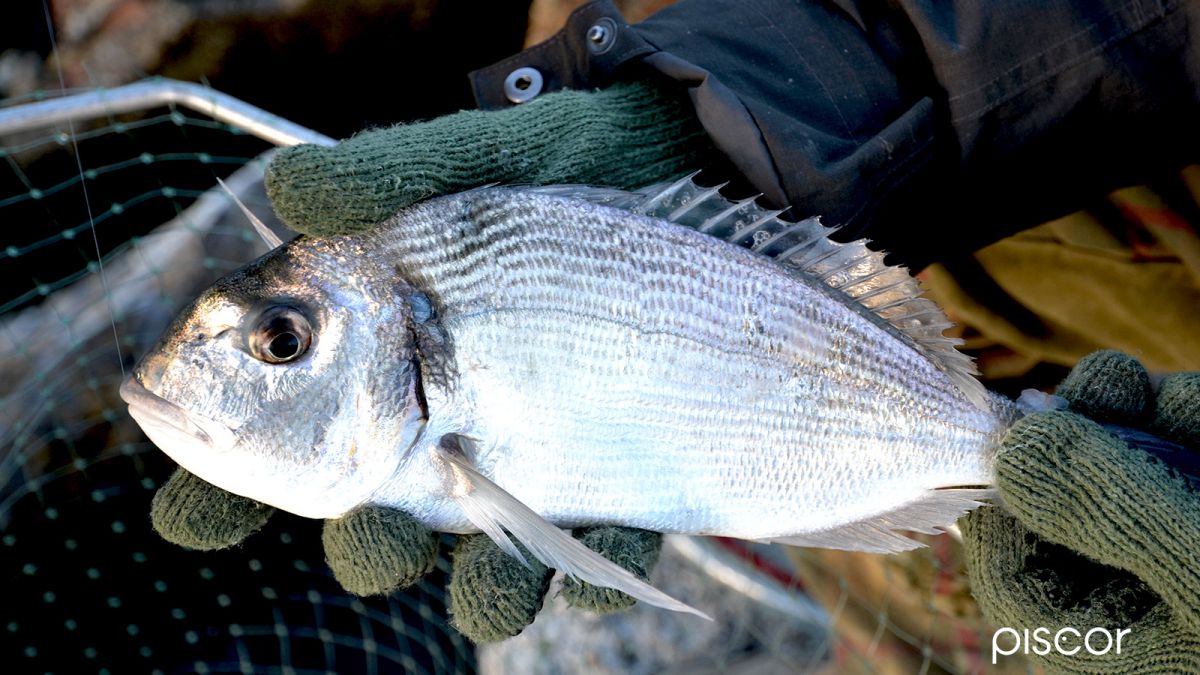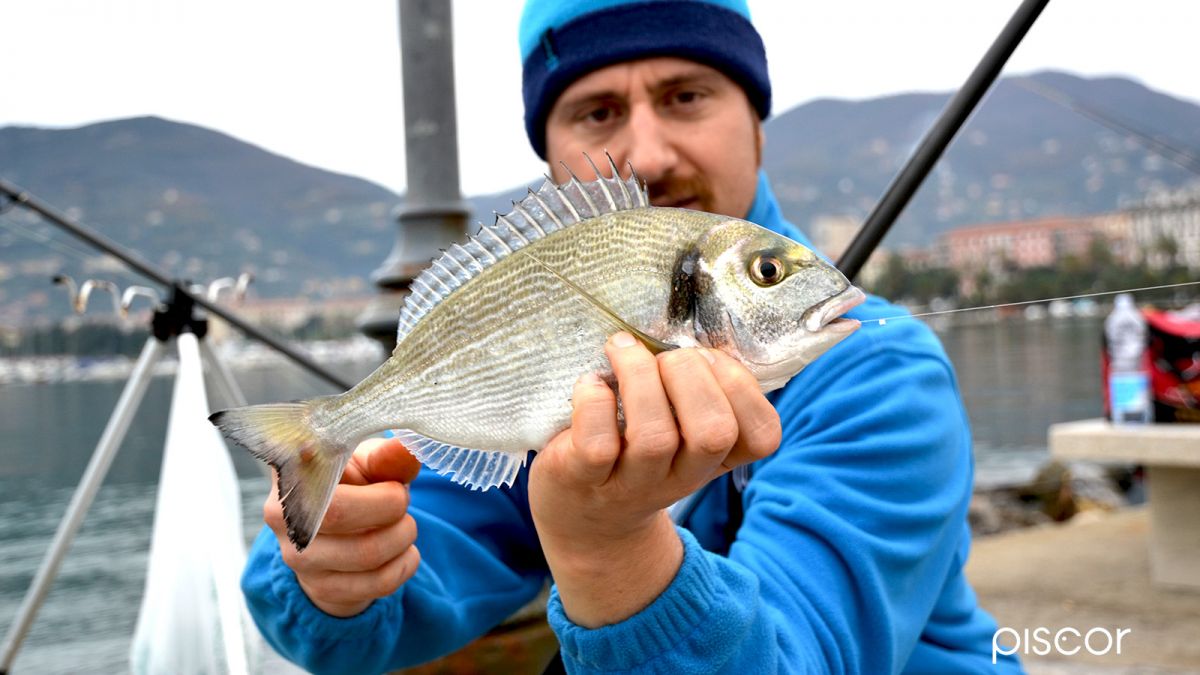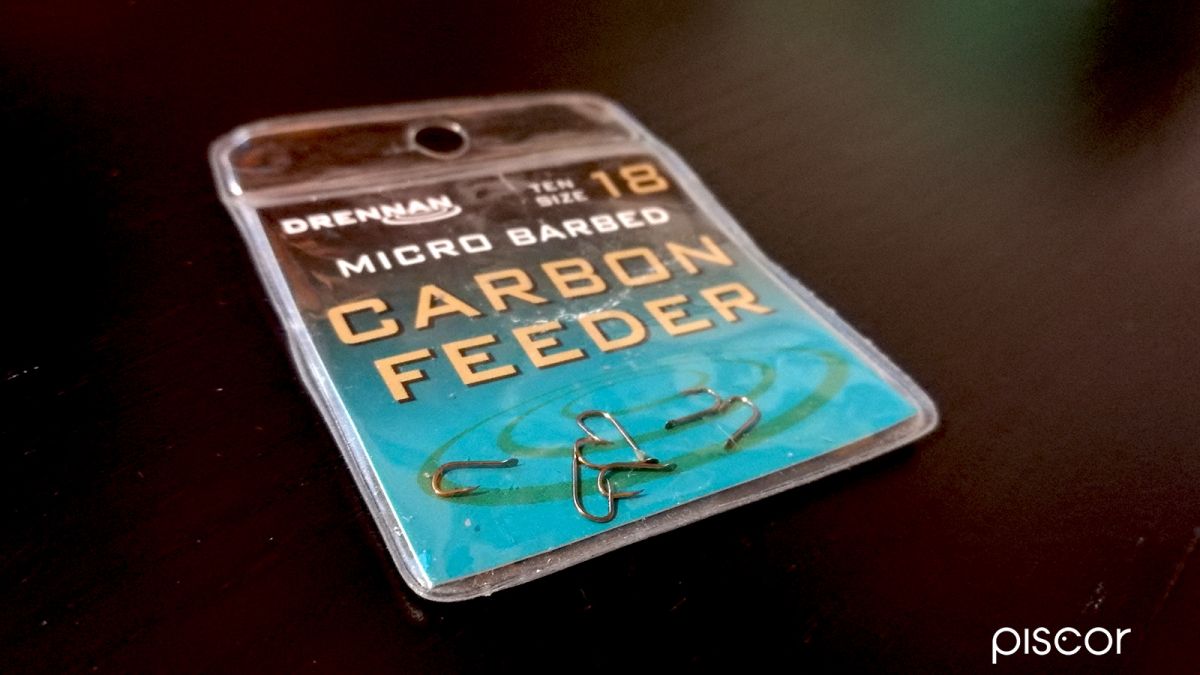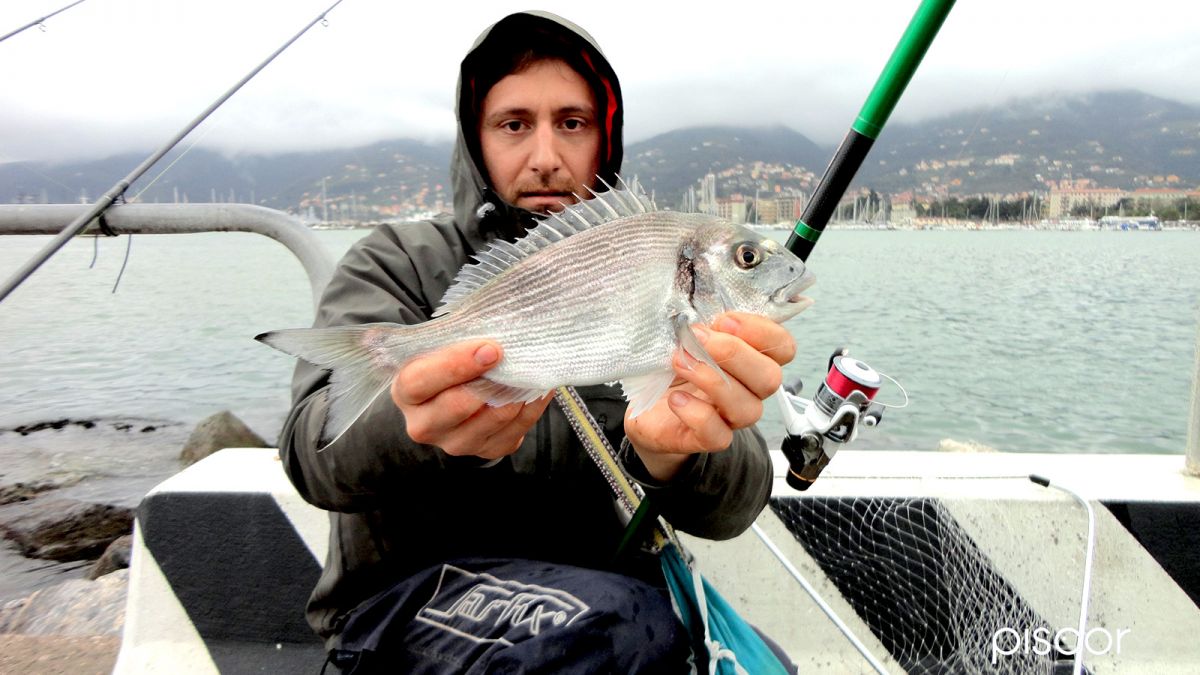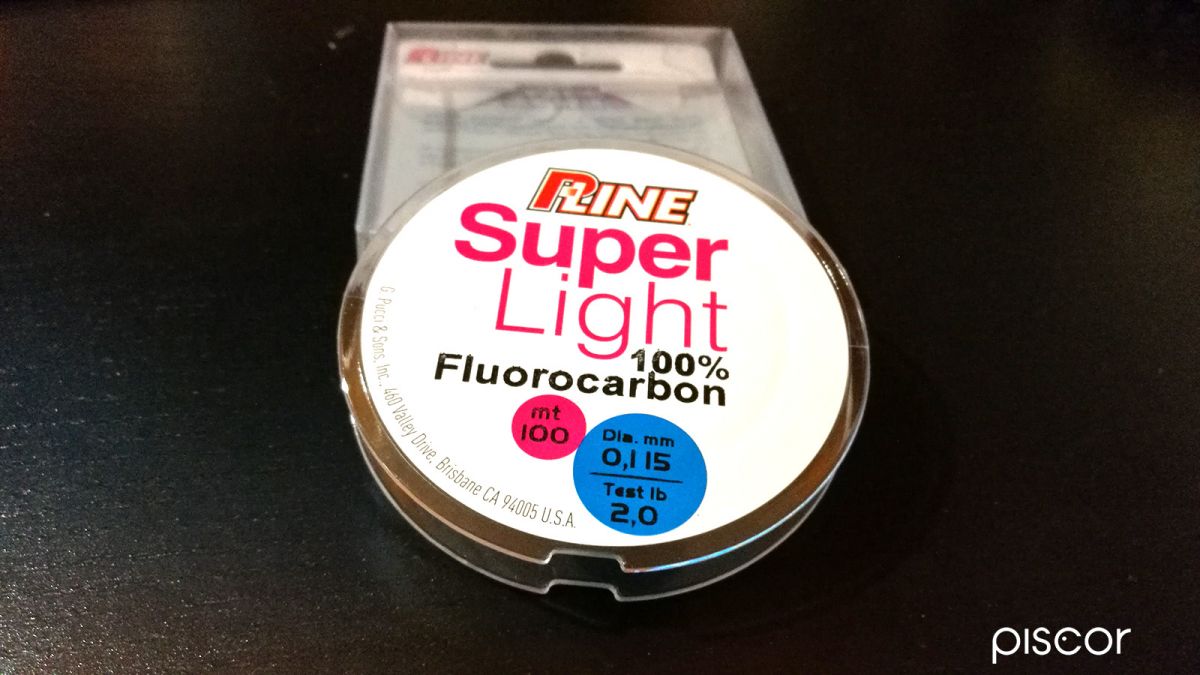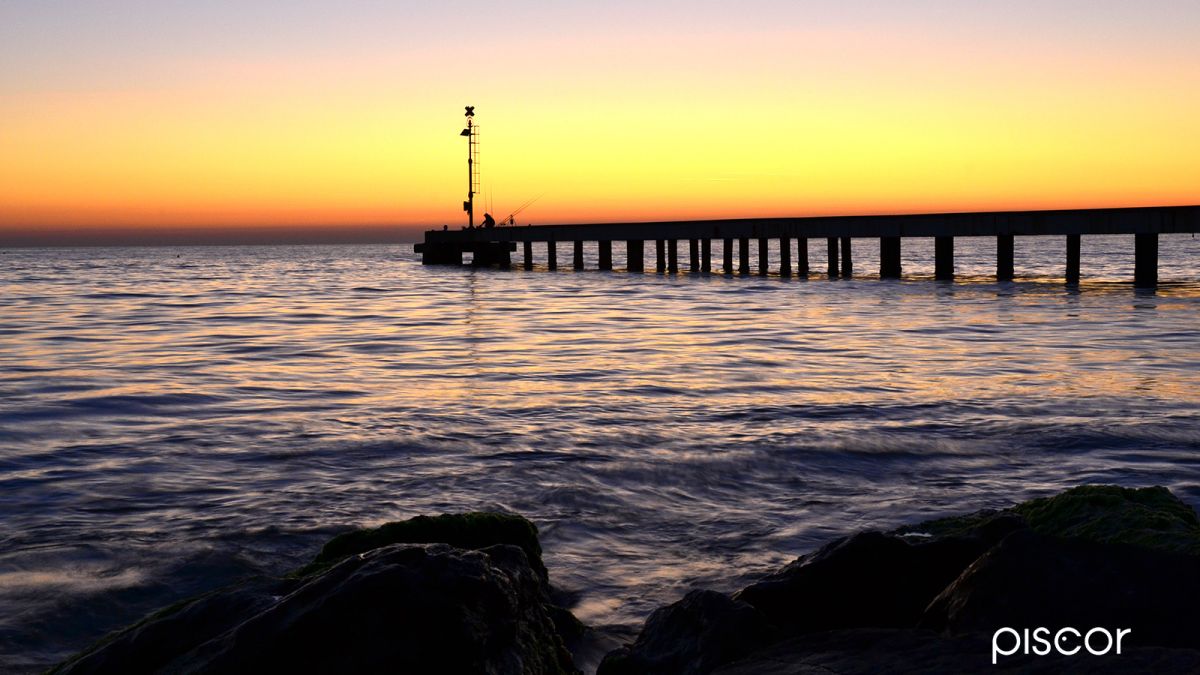Sea fishing from the bank with bolo rod is a technique that requires constant adaptation to different spots and approaches.
There are seasons where the bolo fisherman must be content with what little the sea and the mouth offer him. Particular seasonal moments where some catches make the difference as well as raise more the ego of the fisherman always ready to challenge the weather of cold and darkness to ensure that capture as much awaited as sweaty.
Bolo fishing and maggot, often means being very attentive to the details that make the difference, especially with regard to the presentation of the bait, perfect in the descent to the bottom, so as to entice even the most cunning of the fish that we will undermine.
The current season can offer very interesting varieties of catches: grey mullet, sea bass and black seabream are the most sought after by land anglers who do not want to know to give up. However, we can have all this as long as we choose the right spot and approach.
Often an ultralight fishing dictated by the conditions of morphology of the seabed and personal choice, with a good chance of catching and fun sessions for the season.
Choosing the spot
During the winter period the spots that can give good chances of capture are those that provide a quay and just below the rocks placed to protect the quay itself.
In this way we have the rocks that are good carriers of food even in the middle of winter and act as a border between the sandy bottom just beyond. A perfect condition for bolo fishing by the strand in search of some beautiful fish that also comes close to seek shelter in addition to food.
Ultralight
To ensure some catch we must focus on a careful and precise approach we are at a very particular time where there is little fish and induce it to bite will not be easy.
Usually these spots have a depth of around four meters and, in many cases, the slow current that at times gives us a never linear pass, but that will alternate direction, stop and release is what it takes to facilitate the fishing action.
Still water is not very profitable under any circumstances. Knowing how to read water in these contexts is essential for a successful fishing session.
Slow current, depth around four meters call a light approach made of floats and light leads. A very long leaded crown, around two meters is a good base from which to start, long end in fluorocarbon and small hook and light.
It only takes a little to make a difference, after all, maggot fishing has always been one of the most difficult approaches in spite of the fact that the bait is deadly we have to, sorry for the repetition, always present it in the best way.
The Float
Fishing in slow currents, but especially linear without any turbulence, but only spoiled, sometimes by the ripple of the water due to the wind, the carrot float is the real protagonist mainly for two reasons.
The first, because we are acting in linear currents, so a float of elongated and sensitive shape is what we need, the second because it can help us, if we realize that the fish eat in hold. With these conditions, the carrot float expresses all its qualities of sensitivity and stability.
Lines in the details
A structured leaded crown in at least 180 cm of 0.14 mm terminal 0.11/12 main line and n. 20 hook is what it takes to undermine the fish in this context.
Respecting the distances between the shot leads becomes an obligation because, only in this way we will avoid the tangles during the launch phase if we were to fish even just outside the rod.
Such a structured line will allow us to be very soft during the past, guaranteeing an impeccable presentation of the bait.
Flurocarbons & hooks
"Fly like a butterfly, sting like a bee." This phrase by Maomed Ali embodies many concepts not only with regard to boxing, but also ultralight fishing.
The long terminal in soft fluorocarbon of the latest generation carries the larvae in current as if they were hung by a wire and not triggered on a small, light and sturdy hook of the No. 20 ready to sting the fish that shortly after will bait it!
The use of fluorocarbon becomes a must in these environments because it is necessary to have a terminal that has good resistance to abrasion as well as a softness and elasticity that is not typical of fluorocarbon, even if there are wires on the market that respond well to this need, one of these is the P-Line Superlight Pure Fluorocarbon.
The same goes for the hook lightness and strength do not go so well, but even in this case there is the right compromise called Drennan Carbon Feeder.

